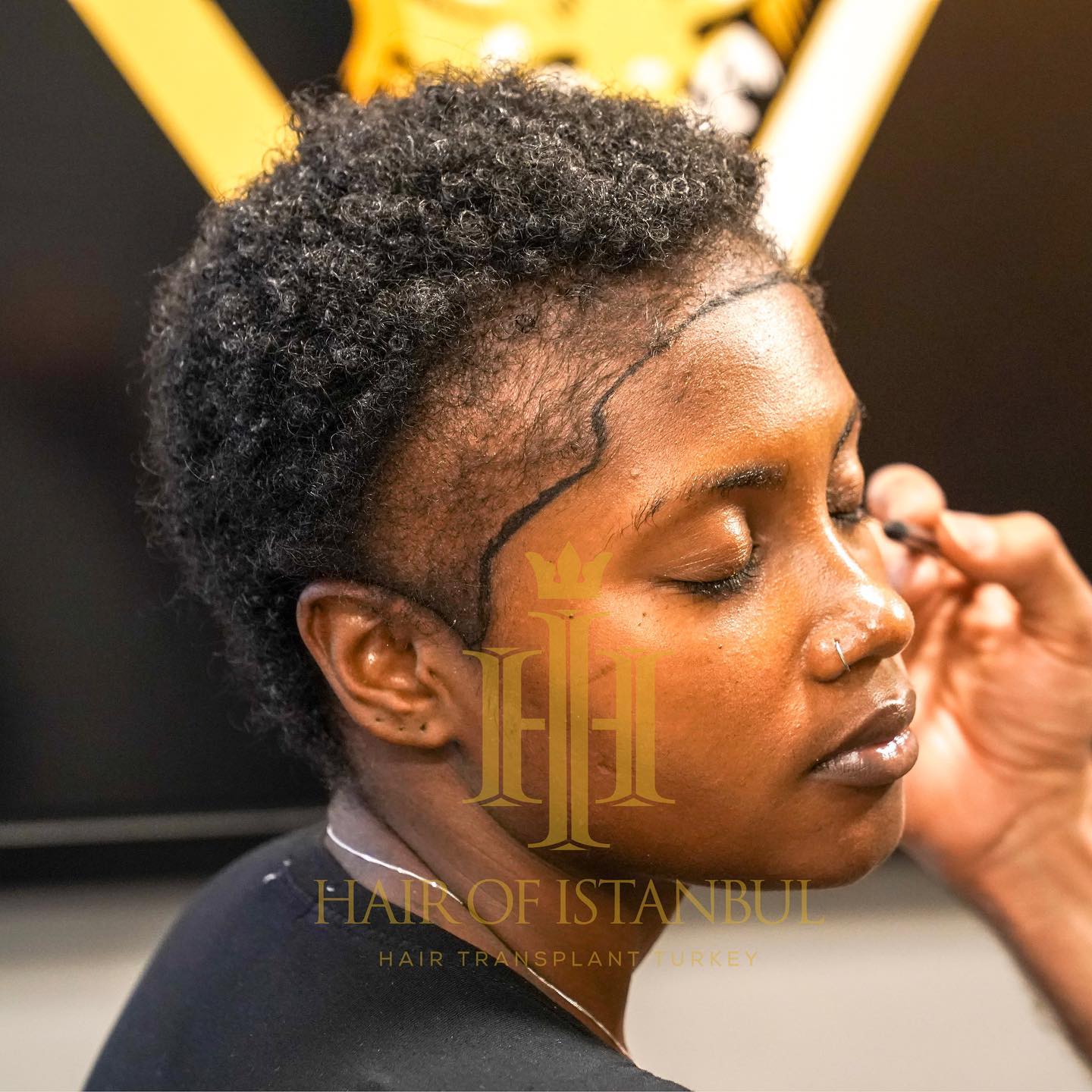Female Hair Loss
Generally, male hair loss is one of the first things that comes to mind when we consider a hair transplant procedure, but women experiencing hair loss are becoming increasingly interested in it. What factors contribute to female hair loss? Is hair transplantation a viable treatment for female pattern baldness?
There are numerous possible underlying causes of hair loss in women. Several probable causes of hair loss in women include a poor diet, stress, and hormonal imbalances. A woman’s hair has a huge impact on her physical appearance. Extreme hair loss might thereby affect a person’s psychological and aesthetic sensibilities. However, hair transplantation can also be seen as the finest alternative for women in the modern era due to the expansion of treatment options.

In cases of androgenetic alopecia, often known as male-pattern baldness, where hair loss has a pattern of thinning at the crown or a receding hairline, hair transplant surgery may also be beneficial for women.
In the past decade, hair transplant surgery has reached an unprecedented level of quality and patient comfort. During a hair transplant procedure, hair follicles are extracted from a donor site and then implanted in parts of the scalp where hair loss has occurred.
Some women fear hair transplant surgery because they worry that their heads will be shaved. In contrast, when a person receives a hair transplant, a harvesting surface resembling a small window is often created at the back of the head, and only this region is shaved to conceal the surgery. Consequently, hair transplantation is also fairly common among women. FUE is utilized to remove hair follicles, which are subsequently transplanted individually to areas of hair loss, giving the transplanted hair a beautiful appearance. After completion of the hair transplant process, the patient can return home.
On the third postoperative day, patients begin shampooing their hair, and then return to the clinic the next day for medical dressing. In the first week following a hair transplant, it is usual to experience swelling, redness, and crusting in both the donor and recipient areas of the forehead. However, these symptoms normally disappear rapidly.

Transplanting Hair Without Shaving
Women can receive a hair transplant without shaving their heads using the DHI hair transplant technique, which is considered to be the most sophisticated variation of the FUE process. Shaving refers to the donor site being partially shaved, while the recipient site is left untouched. It is easier to employ this method on ladies because their hair is often longer. In conclusion, women can also benefit from a hair transplant treatment, but it is essential to receive an accurate diagnosis of the underlying issue.
You can contact HOI Health to schedule a medical evaluation, or you can send us photographs of your condition so we can offer guidance.
As soon as you contact us, our patient service representatives will inform you of the following steps in the planning procedure.
 English
English German
German Portugal
Portugal French
French Turkey
Turkey Espanol
Espanol Bulgaria
Bulgaria Italy
Italy Russian
Russian





